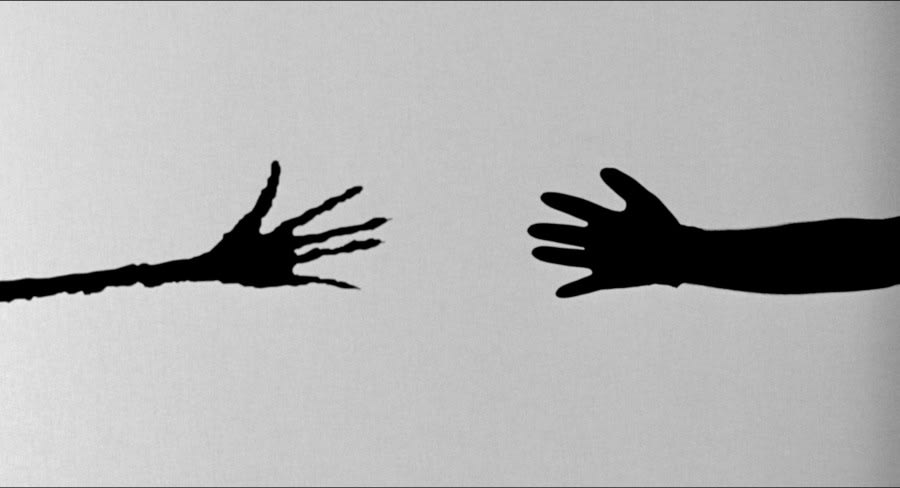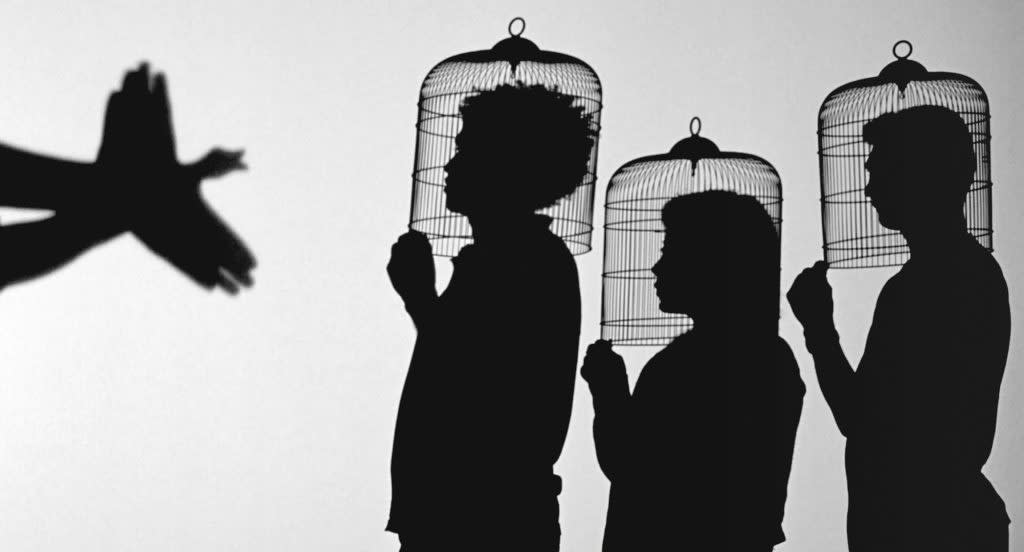Teatro de Sombras: Guggenheim Museum Bilbao, Bilbao
Always involving excluded groups and communities in his production, the work of Javier Téllez is offered as a vehicle for realities that defy the canons of our rationality, while reflecting on the history of the image as language and as social space, a set of rules and protocols that are sometimes excluding or oppressive.
This exhibition articulates in the same space two pieces created in 2014 for the Kunsthaus Zurich. In Bourbaki Panorama, a group of refugees transit in a circle inside one of the most important panoramic works in European history. This great cultural monument tells the story of the Alpine exodus of 87,000 French soldiers seeking asylum after their defeat by Prussian troops, and inaugurates Switzerland's vocation as a country of refuge. Walking inside the panoramic mural, the protagonists of Téllez's work seem to reflect on the perpetual migration of the refugee. At the same time, an object moves forward with them: the original bronze of Alberto Giacometti's sculpture The Hand (1947), with which Giacometti sought to evoke the terrible vision of an arm amputated by an explosion. The presence of this piece, which the migrants carry on their journey, opens up to multiple readings on the condition of the exile, but also on the role of the work of art in our culture.
In Teatro de sombras, the piece that gives the exhibition its title, the projected shadows of the actors narrate scenes of their hard life itinerary. Like nineteenth-century panoramas, shadow theater is one of the predecessors of the cinematograph, although it dates back thousands of years in human history. Through these stories of migrant hands and bodies, the spectator can read the immemorial archetypes of exile: destruction, oppression, censorship, misery and death. Once again, in this context, Giacometti's Hand will burst in. The sculpture, transformed into an actor in a succinct silent drama, appears in several scenes with its monstrous outline, displacing and altering the idea of immobility of the traditional work of art. Menacing and fragile, The Hand serves as a narrative agent, while altering, with its unmistakable profile, the abstraction and universality of traditional shadow theater.
Curator: Manuel Cirauqui





